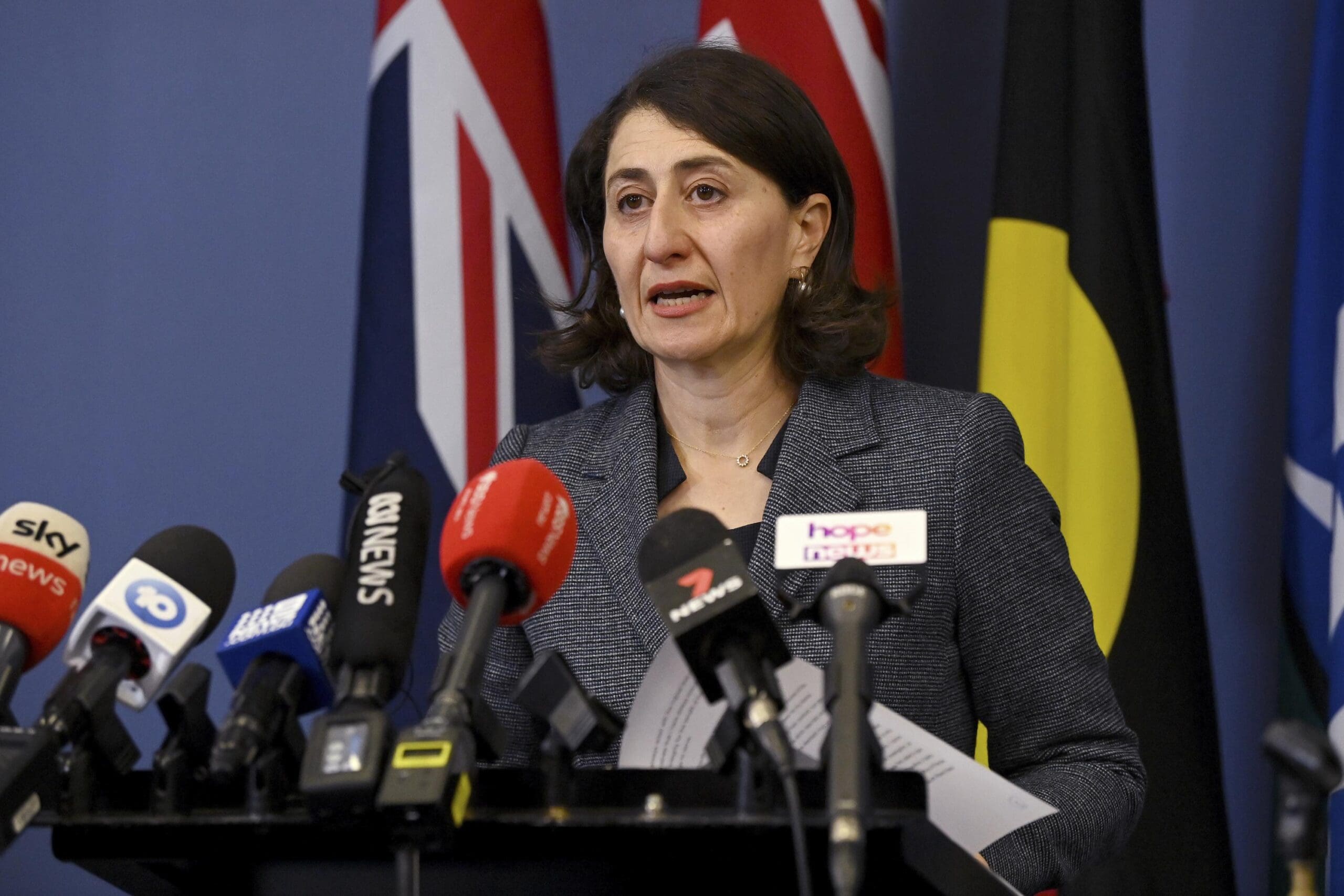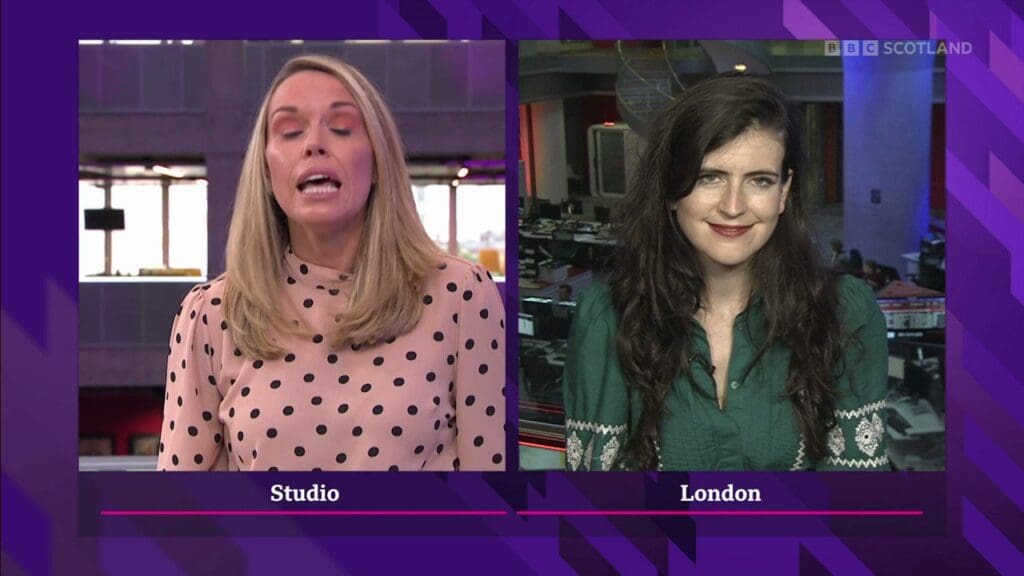

How Governments Bullied Us During the Pandemic
Worldwide pandemic management varied. However, a common thread was manipulation and coercion to ensure compliance. In this essay I want to look at how Governments bullied their citizens during the pandemic, taking the actions of authorities in Australia and especially New South Wales and Sydney as a case study.
First, some general remarks about bullying. When we mention ‘bullying’, oftentimes the first thing that comes to mind is schoolyard scuffles or workplace harassment. However, bullying more generally is a social construct that describes the establishment of a power imbalance and the maintenance of control for the benefit of the bully. Power and control are established via a strategy of designing circumstances to ensure reliance and compliance and there are many different tactics used to establish that stronghold. Some tactics include threats, fearmongering, withholding, gaslighting, lies, making the rules, changing the rules, punishment, exclusion, social isolation and ‘nudge’ coercion to name but a handful of nefarious methods of manipulation.
In domestic violence, this can be one partner having authority over all the finances. In sexual abuse, one might have photos and evidence to hold as a threat to ensure compliance. And in government, citizens perpetually need to beg for handouts to survive catastrophes, have to follow dictated punishable directives and need to seek authority for permissions and approvals to do anything. Many of our systems are geared so that to reach any solution requires government to approve it.
When problems are presented that require solutions and the solution relies on a hierarchal structure, the ultimate control and authority is afforded to the apex authority. Where the decision-making by the apex is then made that provides advantage to the apex and disadvantages the lower echelons, that is toxic leadership.
However, a significant factor in the success of an apex leader is to have a support team. The establishment of yes-men, sycophants and cliques establishes a stronghold that protects the top dog from lower echelon disobedience or rebellion.
Why do toxic leaders make decisions that benefit themselves? Power and money.
How do they get power and money? They establish a stronghold.
How do they establish a stronghold? Bullying and harassment.
There are a number of common mistakes in understanding bullying. Bullying is a ‘wicked problem’ – a social problem with many moving parts that is inherently unsolvable. Much of the ‘wickedness’ comes from the mistakes made in understanding bullying and thus how to address it. Add to that the complexities of toxic leadership and we have the wickedest of wicked problems.
When seeking to develop solutions, insofar as that is possible, we must first unpick and understand the problem. And the best way to do that is to examine common mistakes, which are summarised in the table.




Australia is a big place. Within it there are States and Territories and within each of these are Local Government Areas (LGA). Excepting for Tasmania (as an island) for most of Australia there are no obvious boundary lines between any of these, not at least for natural disasters or airborne diseases.
There are very obvious boundary lines regarding service delivery, economic activity, socioeconomic indicators and leaders. Despite being part of the same State, there was a sudden need to delineate LGAs, setting different rules for some but not all areas.
Despite the most effective method to stop the spread of disease being arguably through washing hands with clean water and soap, pandemic ‘health’ messages included complicated and complex rules and regulations restricting movement and behaviour especially for those within Greater Sydney. Depending on where you lived, rules included no singing, no dancing, no leaving your house, no visitors, wear masks indoors and no standing while you drink.
What had started in the eastern suburbs had spread to western suburbs. And while there had been some short-term localised ‘control’ in the east, the west seemed to be faring far worse. Western Sydney was told not to ‘mingle’ with family. And while the eastern suburbs’ short-lived lockdowns came and went, the west seemed to be needing additional ‘guidance’.
Blame for the State’s ‘disastrous’ situation fell squarely on the residents of western Sydney, predominantly blue collar workers from non-English speaking backgrounds. There was a frequent need to send more police to ‘hotspot’ areas to ‘ensure compliance’.
Despite cases being found elsewhere in the State, the Premier sent out threats of further restrictions for the lack of compliance in very specific areas. Media messaging and rhetoric, fuelled by the Premier and Chief Health Officer Dr. Kerry Chant, homes in on a very specific community cohort. Community sentiment starts to murmur that those Arabs in Bankstown are causing the State’s woes. The message is not missed by those Arab concreters in Bankstown.
We are in the right. We need to work. We need to feed families. We can’t pay rent. We want our basic human rights back.
But rather than listen to the pressing issues of needing to feed their isolated and locked down families, the Government announced that the shortfall in obedience was because of a language barrier, targeting Arabic and Vietnamese.
It was nothing to do with the fact that some of those locked down families were permanently confined to their apartments and reliant on Government handouts for 14 days with police and security on-site to, again, ‘ensure compliance’.
Not only was the virus seemingly geolocationally specific in its severity, concern also related to the types of industry one was involved in. Bizarrely, the virus seemed to be reliant on ensuring ‘construction‘ was properly addressed. And, again, some areas were more affected than others.
Despite the extreme economic cost and the lack of connection between ‘construction’ and Covid, lockdowns were extended, in some places, but not all. Rather than minimising damage by reducing lockdown restrictions, they were extended with a continued focus on ‘high-risk’ areas. Rules changed daily, with minimum notice, with minimal capacity to do anything other than comply. Home schooling continued, Year 12 students (preparing for their exams) were told to vaccinate in order to sit exams, and people living alone were offered a ‘singles bubble’, with caveats.
With people suffering declining mental health, anguish, fear and desperation, the military were called in ‘to help’. Then the mandates started. While doctors were not mandated to be vaccinated, construction workers were only allowed to go back to work if fully vaccinated with digital (not paper-based) proof of vaccination provided. Again, southwest Sydney locations were targeted as being the most troublesome, the reason for all the problems, and the rhetoric related to ‘vaccine hesitant workers’ and ‘conspiracy theorists’.
Rules, regulations and restrictions were convoluted, complicated, complex and ever-changing, causing extreme mental and emotional fatigue. Most people were unsure what the rules were and it was pointless trying to understand since they changed frequently, made no sense, and varied depending on where you lived, where you worked and what you did to earn an income.
The rules applied to some but not all. While army and police were brought in to regulate western Sydney, residents of eastern Sydney were allowed to self-regulate their needs. Despite kowtowing to demands and harsh restrictions, locked-down localities saw no reprieve. Instead, additional restrictions were imposed, including curfews. The continuing extension of restrictions, social isolation, fear, threat and economic hardship bludgeoned the mental health of western Sydney. Suicide rates went up, mental health declined, social unrest was exacerbated and, unless it was Covid-related, no health issue was addressed.
With pressure mounting regarding the psychological damage being done to the residents of western Sydney, concessions come in the form of being allowed to ‘picnic’ – if fully vaccinated. To add to the complexity, rule-changing and compliance requirements, permits were required for travel to and from locked-down Sydney Local Government Areas, causing further segregation and hardship to western Sydney residents. In order for low socioeconomic status essential workers in targeted locked-down LGAs to get to work, online permit applications were necessary. Notice was given within hours, required setting up online accounts validating vaccination status, divulging personal information including monitoring one’s movements, and, despite dysfunctional Government online services, failure to adhere to the rules would result in penalties of up to $22,000 fine or maximum two years’ jail.
As the weather warmed, with lockdowns continuing to restrict people to a five kilometre radius, if the beach wasn’t within five kilometres, the beach wasn’t accessible to you. The beaches are in the eastern suburbs, not western suburbs. The difference in treatment across the State was obvious. The western suburbs clearly had harsher restrictions and far harsher psychological consequences. Western Sydney locals lamented being “flanked by police as you leave the 7-Eleven store” and being “triggered” at the sound of overhead helicopters and seeing military and police patrol the streets.
The eastern suburbs are predominantly Liberal seats, the party of NSW Premier Gladys Berejiklian, whereas the locked-down western Sydney LGAs are predominantly Labor seats. The eastern suburbs residents often complain about western Sydneysiders using ‘their’ beaches. At the time when the five kilometre radius lockdown occurred, the eastern suburbs would not have been sorry to find those people from the other side of town barred from their beaches.
At the beginning of the pandemic, when 14-day hotel isolation was introduced, many people baulked at being confined to a small room for such a long time with media reporting resident escapes and self-harm to avoid the house arrest. A large proportion of western Sydney has residential apartment living. For low income families, many from ethnic minorities, living in those areas, it is not uncommon to have large families crammed into very small apartments. At the time of lockdown, with home-schooling and work-from-home in force, those small apartments became a punishing affair. Fourteen days would have been hard enough. Six months is torture.
Hard lockdowns had begun in June 2021. Rules and regulations continued to shift and change including the dangling carrot ‘reward’ of ‘easing’ restrictions once everyone had complied and been fully vaccinated. Two weeks was extended by another two weeks, then to the end of the month, then another four weeks, then the end of the month, etc. etc. Each day the public were told, once the community is 95% fully vaccinated, then restrictions can ease. For weeks the infographic hovered at 94%. Weeks. Then the announcement that, no matter what, restrictions will ease in December – December 1st, to be exact.
This news was given in late September. Months had passed since people were able to see family, socialise, access services or celebrate milestones. Indeed, in the words of the Premier, if you wanted to have a meal with friends you needed to be vaccinated. Many jumped at the opportunity to book venues for celebrations, noting restrictions easing after December 1st.
On October 1st 2021, Premier Gladys Berejiklian resigned after the Independent Commission Against Corruption announced an investigation into a “breach of public trust”. Incoming NSW Premier Dominic Perrottet says he will continue the “strong leadership” Ms. Berejiklian had shown throughout the pandemic.
As a gesture of goodwill to reward obedience from the community, restrictions were eased ahead of schedule. However, unvaccinated residents in New South Wales were told they must wait until December 15th or until there is a 95% vaccination rate in the state to enjoy the same freedoms. The announcement of the extended segregation gave those that were unvaccinated sufficient time to get vaccinated or else be outed to family and friends as one of those ‘anti-vaxxers’.
If we use just this one case study we can see that, despite the fact that the instructions and actions of the leaders were to the detriment of the people, and that the people were indignant and angry and they voiced their discontent, and that they believed their human rights were violated and they were being gaslit, ostracised and demonised, irrespective of whether they did or did not comply, none of what transpired was ‘illegal’. The Premiers were fully within their rights to select and target whom they wanted to place under house arrest and determine what people could and could not do.
It was within the Premiers’ rights to use ‘nudge’ coercion, to decide the message that goes out, to front the media everyday with horror stories, to shut services, to choose who can open, how and when, to dictate who can earn an income and how education and health services are administered, what health issues are and are not important to you, and what you can and cannot inject, insert, digest (vaccine yes, cannabis no, nicotine and alcohol yes, if you pay enough Government tax so it can profit from your health choice).
It was within the Premiers’ rights, as leaders, to make the rules, change the rules, pick what messages go out, withhold services should you not comply, exclude you, say what they think about you to others, interpret numbers the way they want to and punish you for disobeying and complaining.
They were allowed to bully us, and there was nothing we could do.
Susan Broomhall is a social scientist with a major in psychology and over 30 years practical in-field experience applying behavioural analysis and research to real-world issues. She is the author of Bullying & Harassment – Understanding the Psychological and Behavioural Tactics of the Toxic Leadership Stronghold.







